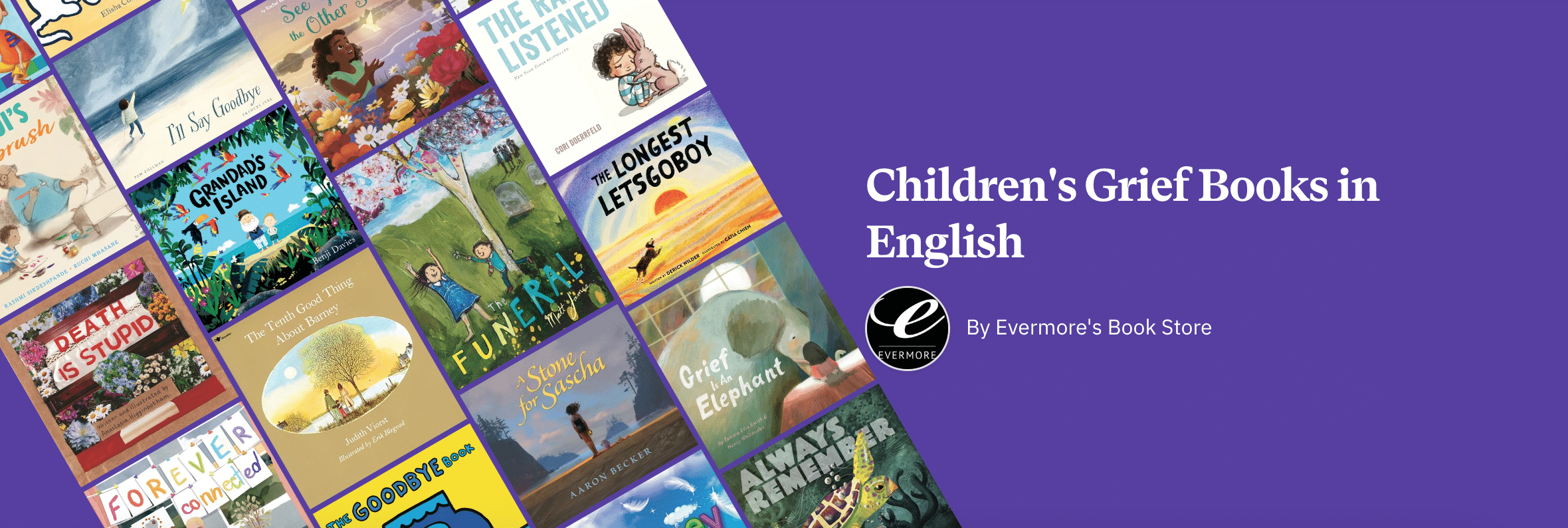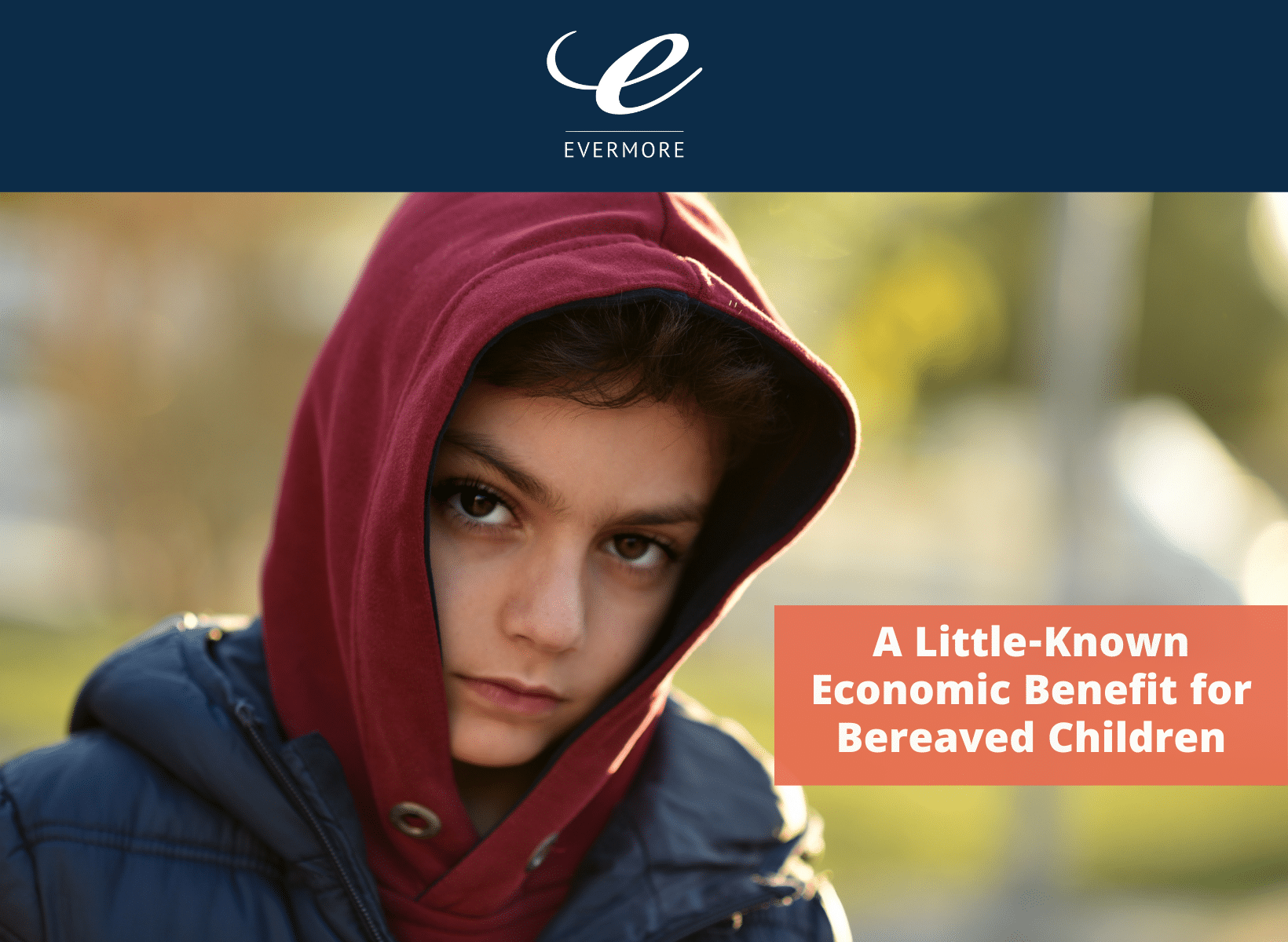There’s no bouncing back from grief of a loved one, even for a child. And without proper support and resources, they can face lifelong challenges as they grapple with the death.
The death of a loved one in a child’s life carries an array of feelings and emotions. Childhood grief is not a singular emotion or emotional state; rather, it encompasses the emotional, cognitive, physical, functional, and behavioral reactions to the death.
Common responses to grief in children include:
- A wide range of emotions that can alternate between sadness, loneliness, confusion, anger, fear, worry, or even moments of joy and happiness.
- Changes to behavior and eating patterns.
- Clinginess or separation anxiety.
Like adults, children grieve in their own unique way. Some may readily talk about death. Younger children, especially, may struggle to understand the concept of death, that it’s irreversible, and what it means when somebody has died. Older children and adolescents may appear to avoid the topic — even eager to return to school or play with their friends.
Factors influencing how a child is able to cope with the loss of a loved one include:
- The emotional and developmental stage of the child,
- Personal, social, and cultural experiences
- Support from caring adults,
- The context for how their loved one died, and
- How the death may be portrayed in popular media or the arts.
The good news is that with the right help and caring adults around them, bereaved children are likely to go on to lead happy and productive lives.
What Bereaved Children Need
Bereaved children do best with caring adults around them who are able to respond to their needs, questions, and emotions. Here’s how adults can help:
Talk about the death and grief
Don’t avoid the subject. Provide age-appropriate and truthful information about the death. Don’t say that a loved one has “passed away,” “gone to sleep,” is “lost” or has “crossed over,” children can interpret these words in a literal way.
Explain the meaning of grief and how people react to death
It is a natural process that everyone experiences after we lose someone. Grief is not a single emotion. Liken it to a backpack carrying our thoughts, feelings, and behaviors. And we will carry that pack with us through life. Sometimes it is heavier than others, and sometimes we need people to help us carry it.
Be consistent with daily routines
For grieving parents, it can be difficult, but routines provide structure and familiarity and offer comfort to children and help make life predictable when it’s topsy-turvy. Regular mealtimes, naps and bedtime stories are more important than ever.
Be emotionally available
Find the help you need to grieve, so you can be there for the bereaved child. If you’re struggling, call in other trusted family members or friends or a therapist to help.
Let them play
If they’re ready to return to school, friends and activities, let them. Even when they’re grieving, they’re still kids and need to be with their friends and teachers.
Encourage expressions of grief
Whether it’s a hug, snuggling and crying or drawing a picture of a favorite memory with their loved one, provide plenty of opportunities for them to articulate their sadness and emotions.
Consider the funeral
Attending the funeral will depend on the age of the child and their own comfort level, but it shouldn’t be a requirement. If they want to attend, prepare them for what they may see and hear.
Most children will find healthy ways to navigate their grief and, eventually, find happiness in life. But some young people can develop maladaptive behaviors, especially those without adult support, have limited resources, other traumatic experiences or who are mourning a loved one who was murdered or died by suicide. New fears, developmental delays, extreme clinginess and risk-taking behaviors are signs that it’s time to seek help from a doctor or therapist.
Books for Bereaved Children

Children’s Grief Books in English

Children's Grief Books in Spanish

Teen & Young Adult Grief Books in English
Bereaved Children Blog Posts

A Little-Known Economic Benefit for Bereaved Children

Best Books for Kids and Teens on Death, Grief, and Bereavement


